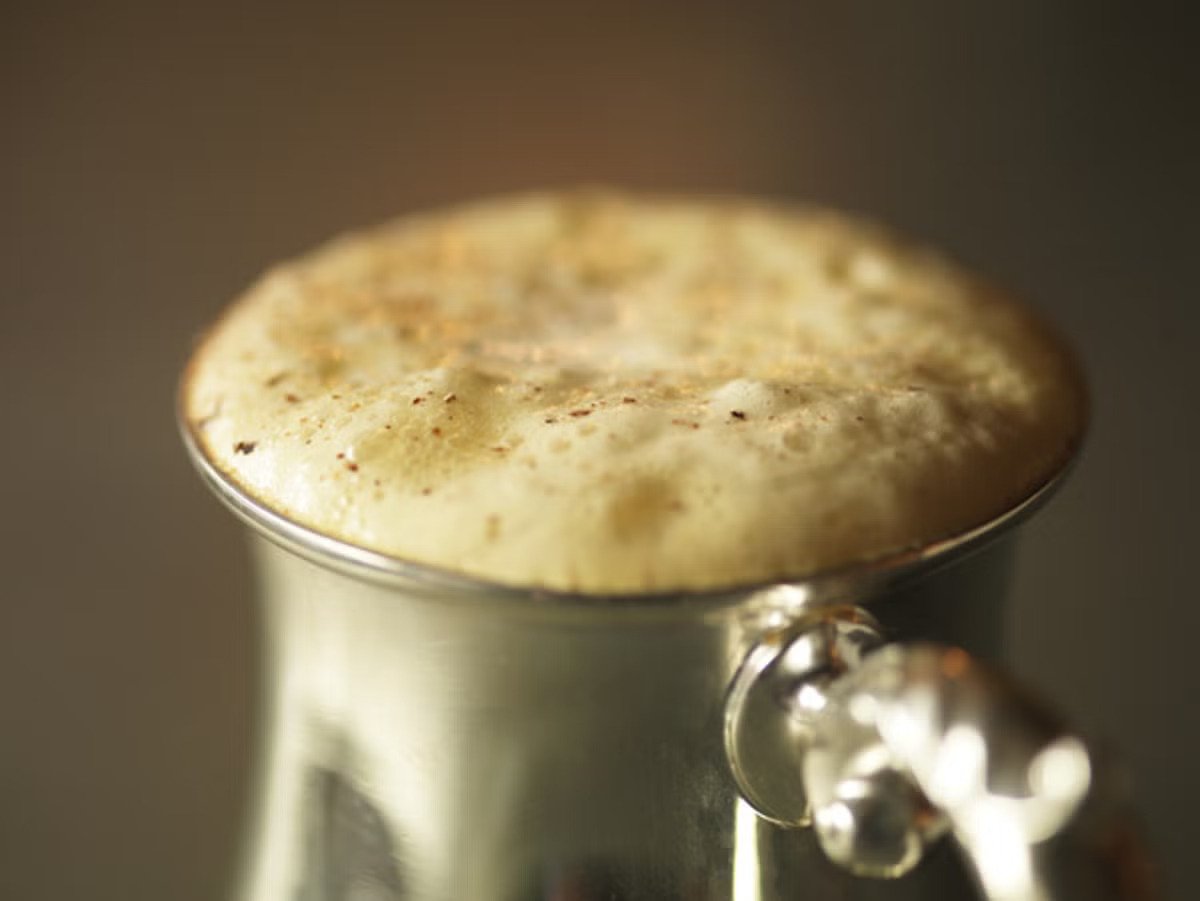Savoring the Spirit of an Irish Halloween: Culinary Delights and Traditions
As Halloween draws near, the excitement is palpable. But did you know that many of our modern Halloween customs trace back to Ireland's ancient festival of Samhain? Marking the end of harvest and onset of winter, it was a time of communal gathering, feasting, and honoring the changing seasons. At Saints & Scholars, we're not just celebrating with costumes and candy; we're taking a closer look at the traditional Irish dishes and customs that have shaped this holiday. Today we explore a few Irish culinary traditions that add a unique flavor to our Halloween celebrations.
Colcannon: The Heartwarming Mash
Colcannon, often referred to as 'Irish mash,' is a staple in Irish Halloween celebrations. its name originates from the Irish word for white-headed cabbage, 'cál ceannann' (kawl KYAN-un). This comforting dish combines mashed potatoes, cabbage, butter, and milk. While the basic recipe is straightforward, variations exist to suit different tastes, such as adding onions, scallions, or even substituting cabbage with kale. At Saints & Scholars, our Colcannon is a crowd-pleaser, featuring both kale and cabbage. We even offer a "loaded" version topped with melted cheese and bacon, making it an even heartier dish!
In some Irish regions, Colcannon is more than just a dish; it's a Halloween tradition. Hidden objects like rings, buttons, or thimbles are mixed into the mash, serving as fortune-telling tools. For example, finding a ring meant you'd soon be married, while a button or thimble signified that you'd remain a bachelor or spinster for the coming year. A coin meant you'd come into wealth. An unusual tradition was for single women to put the first and last bite of their colcannon into a stocking and hang it on their front door. The next unmarried man to enter through the door was said to be her future husband.
Barmbrack: A Loaf Filled with Tradition and Flavor
Barmbrack, known in Irish as 'bairín breac' (BAW-reen BRAK), translates to 'speckled loaf.' This fruit-packed bread is a Halloween staple and pairs perfectly with a smear of butter and a pot of tea. The dried fruits are often soaked in whiskey or tea, infusing the loaf with rich flavors. The name 'barmbrack' comes from the froth or 'barm' left from fermenting beer, which is combined with sultanas and spices to create this dense, fruity bread.
But Barmbrack isn't just about taste; it's also a fortune-telling tool. Like Colcannon, various items are baked into the loaf, each symbolizing a different future event. Common inclusions are a pea, a matchstick, a cloth, a coin, a thimble, and a ring. Each item foretells something different: a coin for wealth, a ring for marriage, a pea for prolonged singlehood, a matchstick for discord, a cloth for bad luck, and a thimble for spinsterhood. Some loaves even contain a religious medal, hinting at a religious vocation for the finder.
Toasting to Tradition with Lamb's Wool
Lambswool is a warm, spiced drink often featured in Irish Halloween celebrations. The name 'Lambswool' is thought to have two possible origins. One theory links it to the ancient Celtic festival 'La Mas Ubhal' (Lah Mass Oo-wal), which means 'Day of the Apple Fruit' and coincides with Halloween. Another explanation suggests that the name comes from the drink's frothy appearance, which resembles lamb's wool. The drink itself is a comforting blend of hot ale or cider, roasted apples, and spices like nutmeg and ginger. Some view Lambswool as an early version of Wassail, a spiced ale associated with old English Yuletide traditions.
The Dumb Supper: A Silent Gathering for Ancestors
In Ireland, Halloween is a time when the veil between the living and the dead is believed to be thin. Many Irish families honor this by observing the Dumb Supper tradition. An extra place is set at the dinner table to welcome deceased relatives, and the meal is conducted in complete silence. This quiet ceremony serves two functions: it both honors the memory of departed family members and seeks to appease any ancestral spirits that may visit. While the specific practices can vary, the core principle remains: a silent meal to remember and honor those who have passed on.
As we prepare for Halloween at Saints & Scholars, we're excited to offer more than just a festive atmosphere and delicious food. We're also sharing the rich Irish traditions that have deeply influenced how this holiday is celebrated. It's a season where the mystery and history of Irish culture come alive, enriching our own celebrations here in Snoqualmie.
If you try our 'loaded' Colcannon, we'd love to hear about it!
And here's a special treat: Kids in costume eat free this Halloween with the purchase of an adult entree. So come join us for a celebration that's not only spooktacular but also culturally enriching.
Stay tuned for our next post where we will explore Halloween games, superstitions, and other traditions. We hope you enjoy learning a little bit about a Halloween that's not only fun but also deeply rooted in cultural history.



